1 Comment
Water Other Than the BeachHistoryThere are over 3500 years of native history on the more than 300 islands that make up the Pacific island nation. The history of Fiji, as we know it, starts in the late 17th century and the early 18th century. Beginning in the 1640s, sailors began to pass by and briefly land on these islands. As far as history is concerned, it is accepted that Fiji was "discovered" by the world in 1789 by Captain William Bligh. The beginning...The first Europeans to credited with landing on Fiji were runaway convicts from the Australian penal colonies as well as sailors from around the world. In the mid-19th century, missionaries began traveling to the island to bring Christianity to the native people. One of the issues that visitors found on Fiji was plenty of tribal fighting for power on the islands. The first Europeans to credited with landing on Fiji were runaway convicts from the Australian penal colonies as well as sailors from around the world. In the mid-19th century, missionaries began traveling to the island to bring Christianity to the native people. One of the issues that visitors found on Fiji was plenty of tribal fighting for power on the islands. Fiji's Independence
Most major credit cards are widely accepted at the large hotels, many restaurants, and shopping centers on the island.
Also, some banks will offer travelers currency exchange and travelers check services, including the Westpac Bank, the Colonial National Bank, and the ANZ Bank. Have you had the pleasure of exploring the island of Fiji? There are so many places of interest that you can visit and spend some quality time with someone special at the same time. Your travel journal will be filled with wonderful memories to look back on long after you return home! Here are some highlights I recommend that will help you make the most of your trip! This exotic country in the Pacific Ocean is certainly captivating. Its beauty is undeniable, so it's no wonder the archipelago of more than 300 islands is one very desirable getaway destinations in the world. The natural allure of Fiji isn't the only reason to visit though. There are endless adventures in the country, which is why so many come back time and time again. Here are some of the best things to do, see, and experience in Fiji…
There are beautiful beaches of places like Half Moon Bay, Dickenson Bay, Galley Bay, and Valley Church. These are just the right places to enjoy sunbathing, water sports with the family, swimming, and snorkeling fun, but there is so much more to do. Betty’s Hope
Betty's Hope was the first and the most abundant sugar plantation on the island of Antigua. It stands as a reminder of the role that Antigua played in the British Colonial Era. It was a plantation that helped Britain generate considerable wealth in the Caribbean. Established in 1674, it was named for the daughter of one of the former owners. The comprehensive visitor’s center and museum educate tourists on the daily lives of slaves on this plantation. It also offers a way to step back into the past and understand Antigua’s rich history. St. John’s Saturday Morning Market St. John is the capital of Antigua and is the center of island life on Saturday mornings. This market draws in vendors from all over the island and provides a wonderful place for tourists to spend time. This market is a beautiful reflection of Antigua. You can get in touch with the locals, their incredible culture, and their fun way of life. Nelson’s Dockyard National Park and Shirley Heights Nelson's Dockyard, located in English Harbor, served the British Naval Fleet during the Napoleonic Wars (1803-1815). It also served as the headquarters for Admiral Horatio Lord Nelson from 1784-1787. The area is filled with shops, restaurants, cafes, shops, and even a museum where you can spend a fantastic day out in Antigua. Shirley Heights is a great hike that you can take from the Dockyard. Shirley Heights is just under 500 feet above sea level, and the summit of this hike allows for views of Guadeloupe island and the active volcanic island of Montserrat, both located just to the south. It is also a prime spot for a great Sunday night party at the Shirley Heights Lookout Bar and Restaurant. For more nightlife fun head to Falmouth and English Harbors. With a wide selection of markets, shops, and restaurants to tour while in Antigua, this island filled with rich colonial history offers plenty of activities away from the beach. When you're ready to stop dreaming and make your plan for adventure, history, great food and incredible memories--call me! Or book a consultation by clicking the button below. Do you hold a passport? Well we've got some news for you. YES! Some passport holders are traveling again and here we have compiled a list of the countries and destinations that have opened their borders once again to travelers from America. If you are one of the travelers who are wanting to ask, "What cities or countries are open if I DO want to travel now?" then we've got some answers for you! Be warned, however...because of the statistics here in America, some countries are saying "NO" to Americans, even though their borders have reopened. The rules are fluid and constantly changing so it is entirely possible that your destination of choice could suddenly close (or open) with little or no notice so checking with the local authorities before finalizing any travel plans is highly recommended! Also, when referring to the US Department of State has listed a "Global Level 4 Health Advisory" stating "Level 4: DO NOT TRAVEL" so proceed at your own risk. To see this information for yourself, you can click the link to be directed to the website. Although the recommendation is not to travel, you are still permitted to travel internationally or domestically if you wish but, you may be required to self-quarantine for two weeks depending on the state so, as stated above, be sure to research your destination before making travel plans! Many of the United States are open for travel with destinations and attractions having already reopened. Check for updates on Las Vegas Casinos, Disney Amusement Parks, National Parks and other Monumental attractions. International Travel Destinations that are allowing Travel
 St. Lucia island in the Caribbean holds a wealth of natural beauty—lush mountains, a steaming sulfur volcano, 19,000 acres of rainforest, charming black-and-white-sand beaches, stunning rare colorful foliage and exotic wildlife. When you add the pleasant St. Lucia weather and the nice beaches, you understand why it is a popular Caribbean destination. There's much to do on this little island, although given it's rise as a high-end resort, you will need your wallet handy if you wish to take advantage of much of it. The rainforest is an ideal place for hiking, mountain biking, bird-watching or just enjoy standing near a waterfall to soak up the mist from its spray. And there's also whale-and dolphin-watching, snorkeling, kite-sailing, fishing and diving. Vacationers going to St. Lucia travel there generally for two distinct reasons: either to enjoy its charm and undeveloped feel, still found in some places, or to luxuriate in five-star waterfront luxury. Whether staying in a deluxe, all-inclusive resort or a local inn or hotel, St. Lucia and its residents extend a warm welcome. An avocado-shaped island 14 mi/23 km wide by 27 mi/43 km long, St. Lucia is one of the greenest and lushest areas in the Caribbean. The island is mountainous, except for the northern area around Gros Islet and Rodney Bay. Most of the resorts and towns are located right along the shore. The twin volcanic peaks, Petit Piton and Gros Piton—probably the most-photographed mountains in the Caribbean as well as a UNESCO World Heritage site—are on the southwestern side of the island.
And for you Casino go-ers, casino gambling is not a major draw on St. Lucia, but for those who love it, there is a decent one. The minimum age is 18, and complimentary membership is required. Treasure Bay Casino St. Lucia's first casino has 260 slot machines and 22 table games (including three poker tables). There also is a full bar and snack areas, and the casino itself is in a 60-store enclosed shopping mall. Patrons must be at least 18 years old and must obtain a complimentary membership to enter. Open Sunday-Thursday 10 am-3 am, Friday and Saturday until 4 am. U.S. currency is used. Baywalk Mall, Rodney Bay (Gros Islet), St. Lucia. Phone 459-2901. http://www.treasurebaystlucia.com. Whatever your pleasure, we can make just about anything you can dream up--happen! I'm eager to help you make those dreams come true so let's talk--and let's get your bucket list out. I'm sure we can check off a box or two with a trip to your favorite luxury destination!
Cheers! How to Manage Coronavirus and Travel The longer the pandemic lingers, the more we wonder and begin to think about or reminisce of some of our favorite destinations. Perhaps you are considering taking a trip...perhaps this website will help. You can look up your destination and see the stats on that area. Many countries advise against travel during the outbreak, for good reason. However, some people are still required to travel, for business, volunteering, many reasons. If you are one who still needs or chooses to travel, use this tool to understand your risk and keep track of global travel restrictions. You can zoom in to the specific area or use the dropdown menu to select your destination and pull up a map. It will show on the map how the country is doing with Covid and rules to follow. NOTE: Clicking the button will dial Palmer Preferred Travel 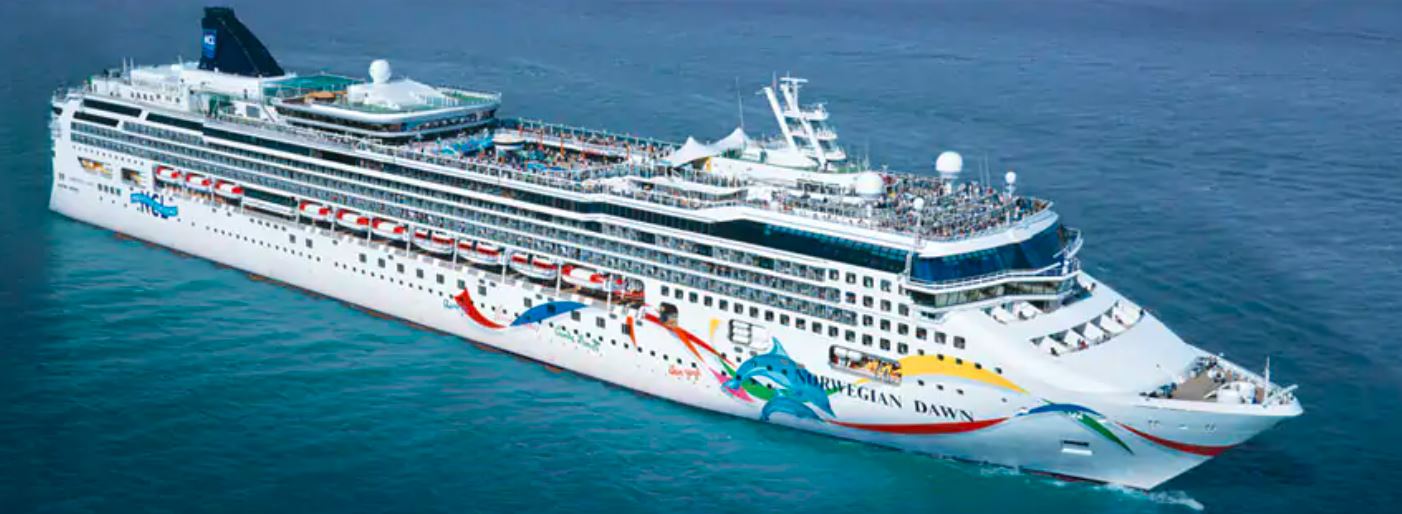 NCL Norwegian Dawn | Photo:NCL NCL Norwegian Dawn | Photo:NCL Daniel McCarthy from the Travel Market Report shared this update this week. No food buffets and cruisers temperature checks are just a couple of the new changes as they start traveling again. Norwegian Cruise Line will begin sailing again with a brand new set of health and safety measures onboard its ships. In a letter to its travel advisor partners on Monday, NCL said that it was launching Sail Safe, a set of “stringent health protocols and supporting innovation to meet and exceed industry and health standards,” in order to ensure the safety of both its future guests and crew members. The program includes six new safety measures that Norwegian has added onboard its ships and to its embarking, and disembarking, procedures. It includes new air filtration systems called H13 HEPA that NCL says will remove 99.95% of airborne pathogens onboard; increased sanitation including fogging in staterooms and public areas and increased frequencies of cleaning onboard; COVID-19 tests available onboard and enhanced training for NCL’s medical crew; and online check-in and staggered embarkation to promote social distancing. One of the bigger changes will be the new health screening procedures both before embarkation and onboard that includes touchless temperature checks for guests prior to embarkation, prior to all meals and activities in public venues, and prior to returning to the ship from a port of call. NCL is also planning to have crew members go through temperature checks multiple times a day. NCL also said, as part of Sail Safe, that it will no longer offer buffet service and instead will offer full service meals served by crew members. In the letter, Norwegian said that “this is just the start of a wave of new technologies and enhancements we are rolling out, so you can explore the world with the ultimate Peace of Mind.” Dawn | Club Balcony Suite photo: NCL If you are tired of waiting and dreaming, or you're ready to book again-even for 2021- Then you're going to love that Norwegian is offering some great bonuses to enrich your next cruise vacation with their "Free At Sea" promotion. Choose from Free Open Bar, Free Specialty Dining, Free Shore Excursions, Free WiFi and Free Kids.
I'm happy to help you make the decisions necessary to get your vacation plans back on track. Click to schedule your complimentary travel consultation with me and let's start making plans! |
AuthorDebbie Palmer Categories
All
Archives
November 2022
Tuesday Travel Tips!Get TWO MONTHS FREE of CLEAR, Click above. |

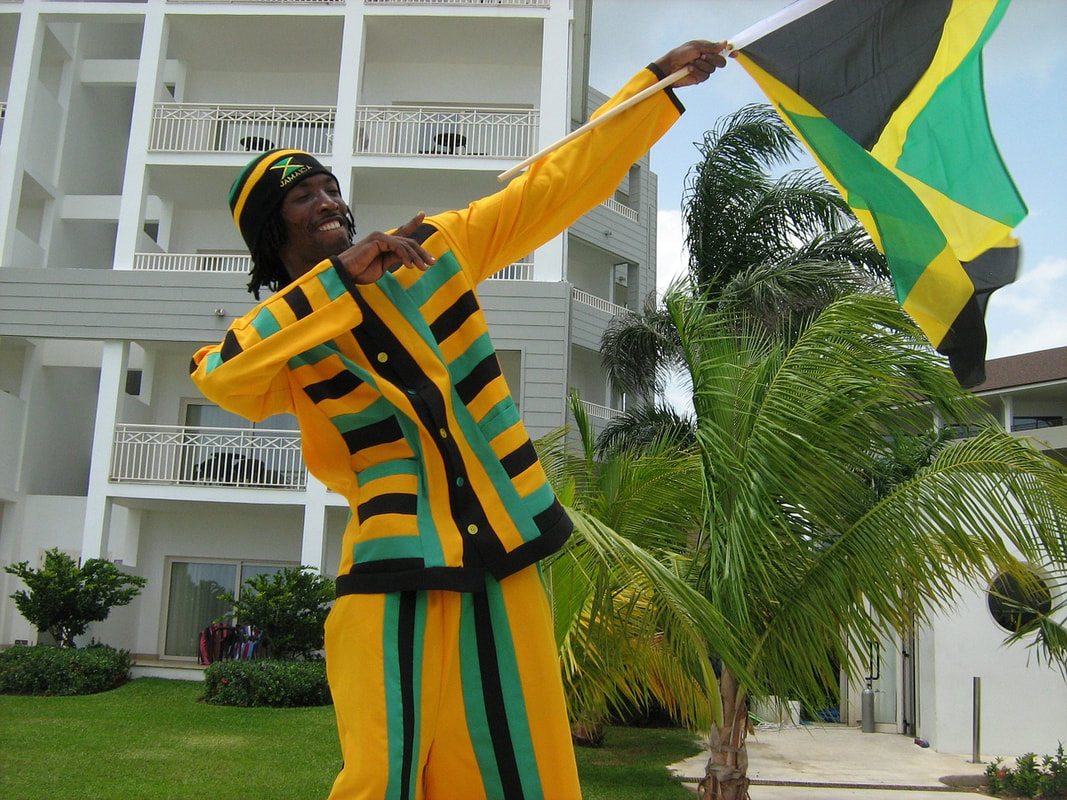
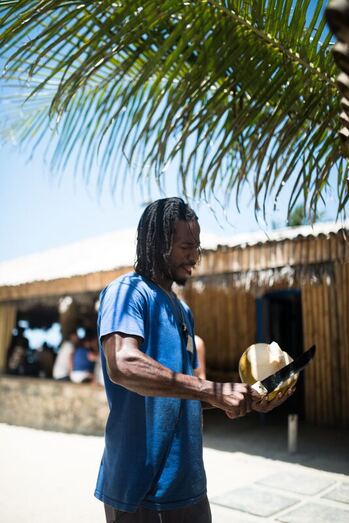
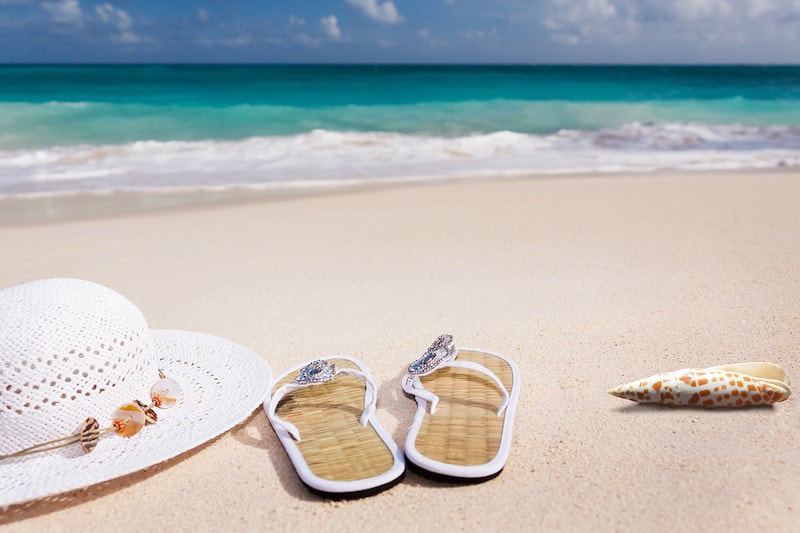
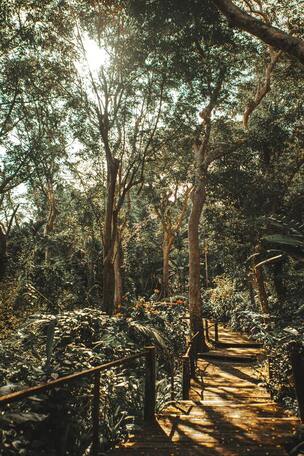
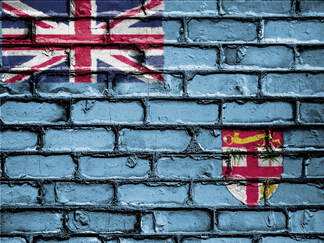

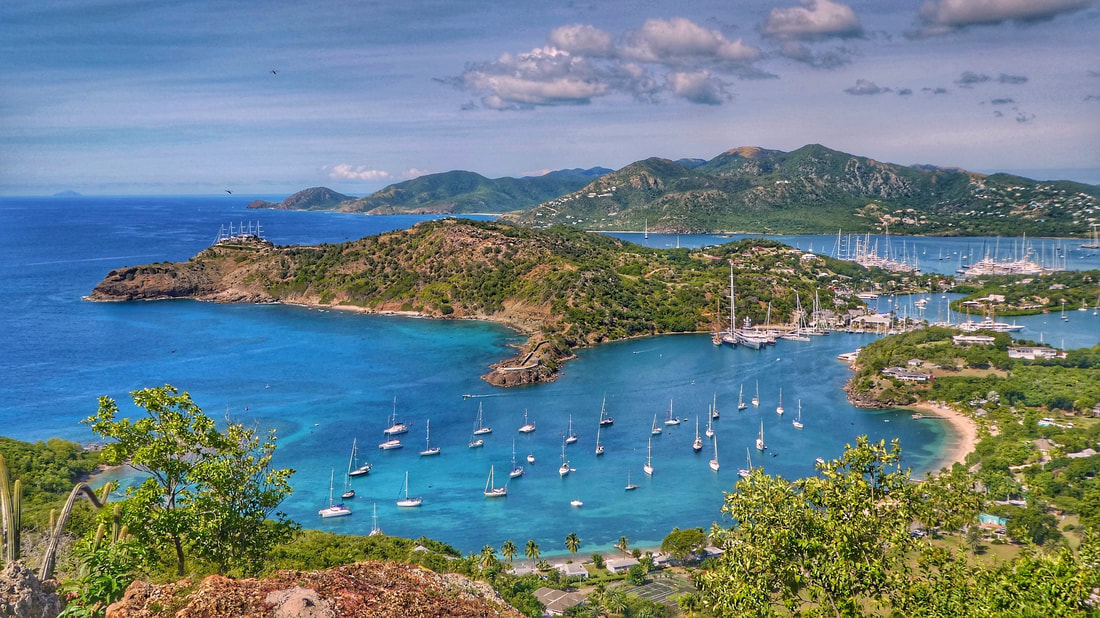
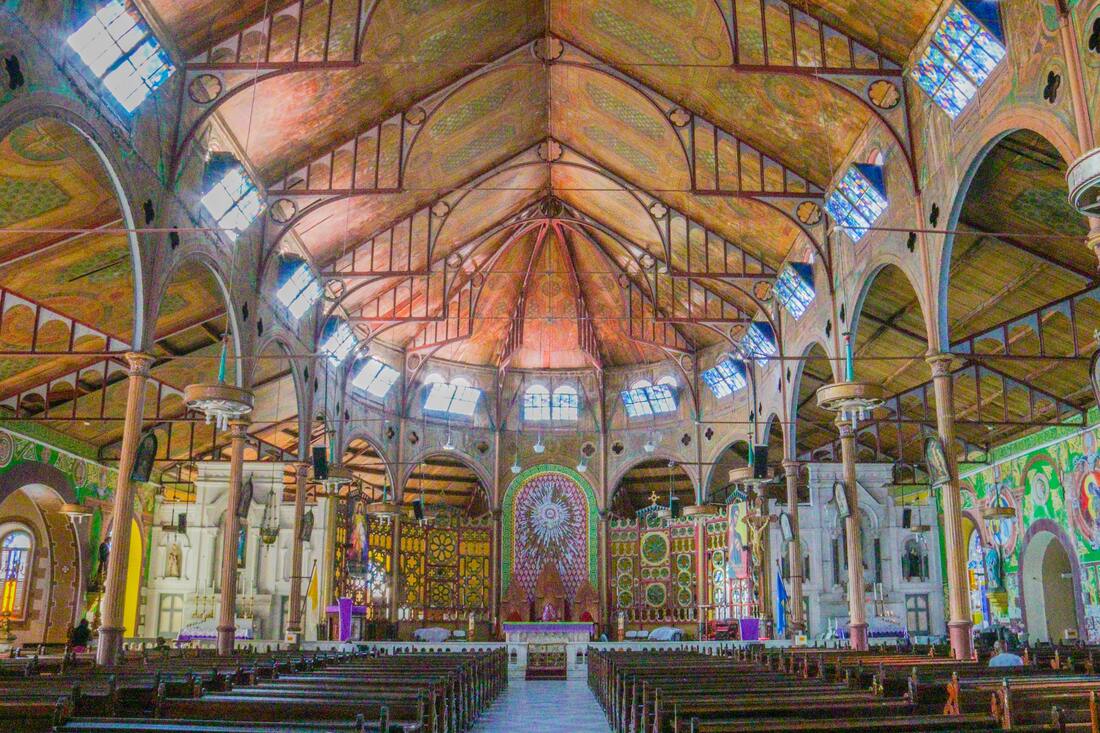
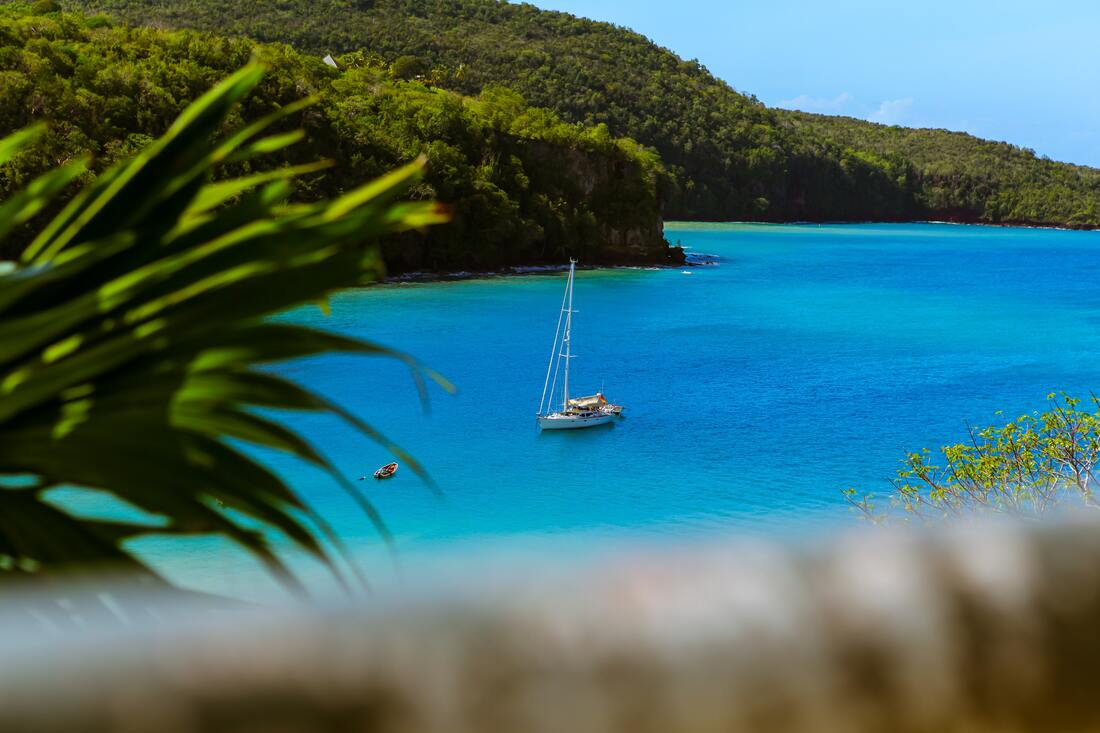
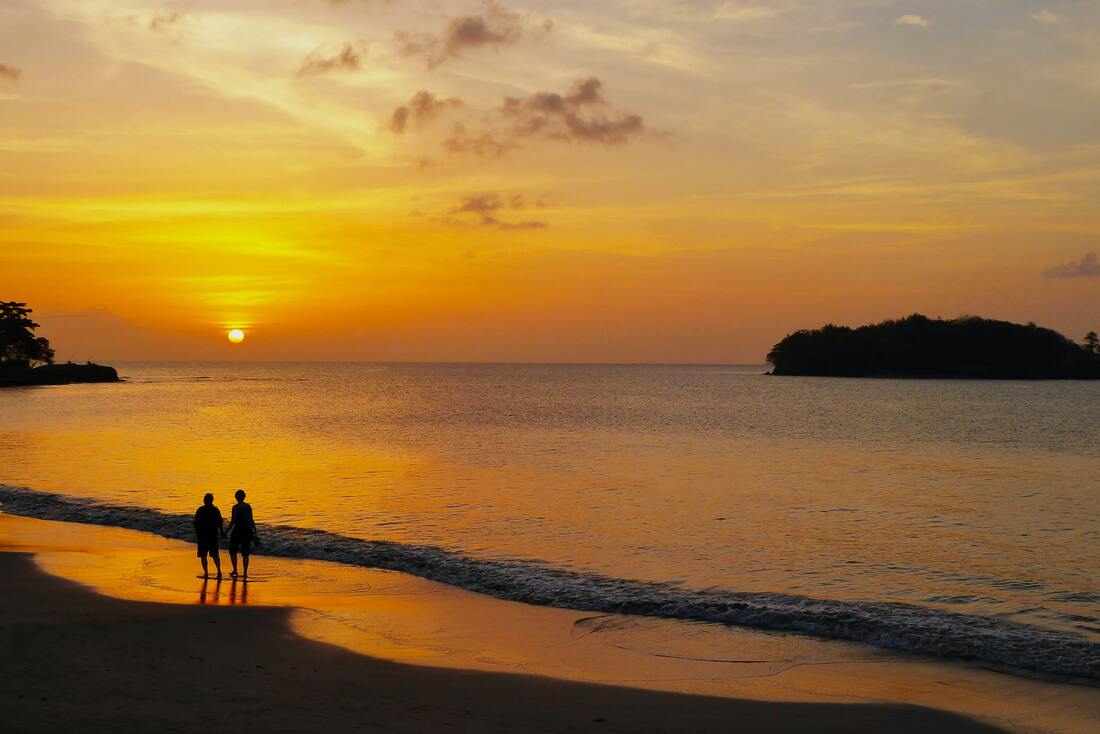
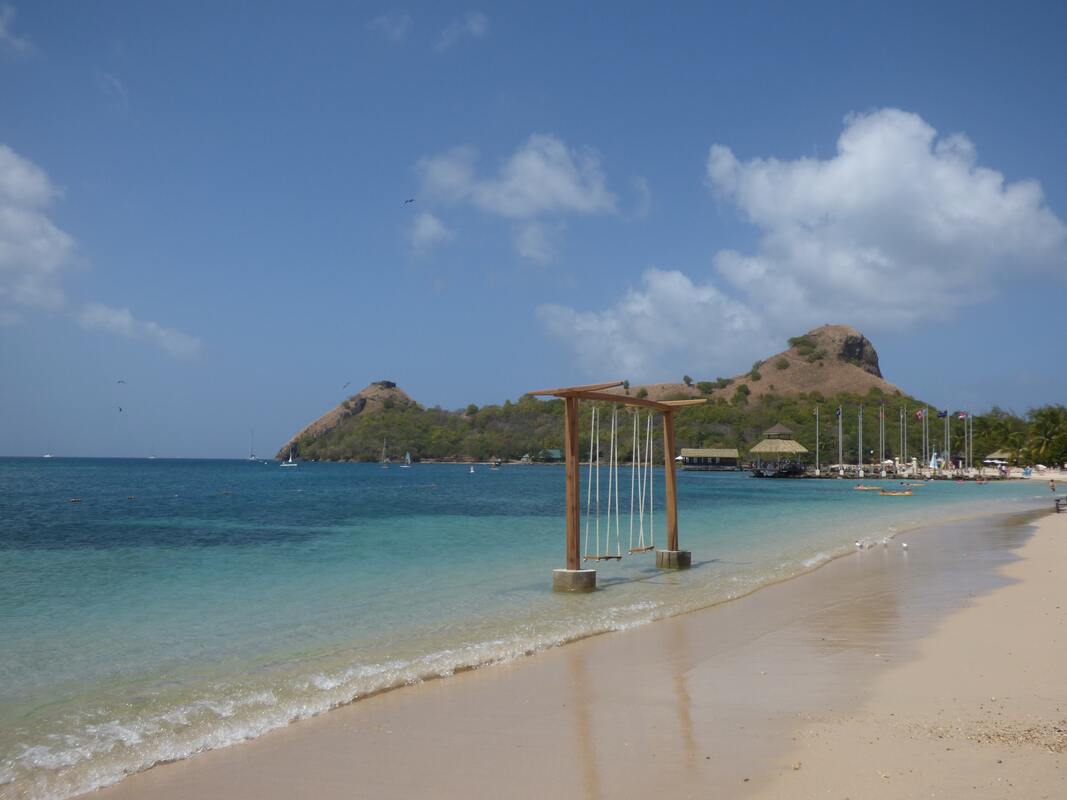
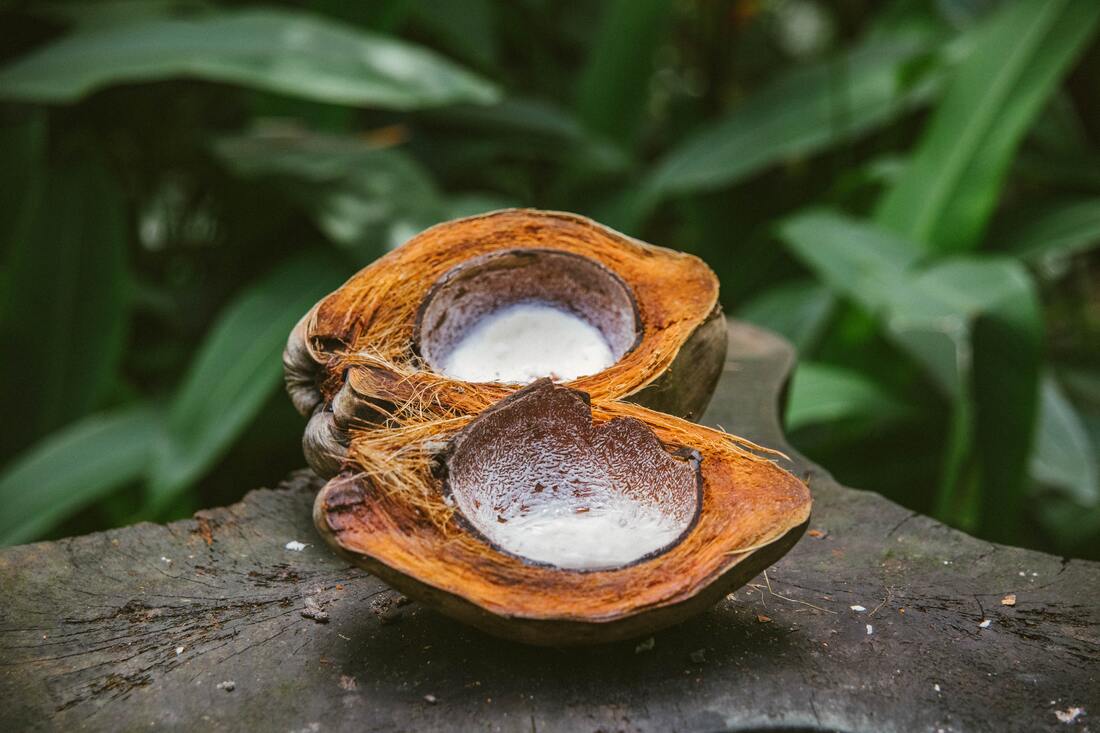
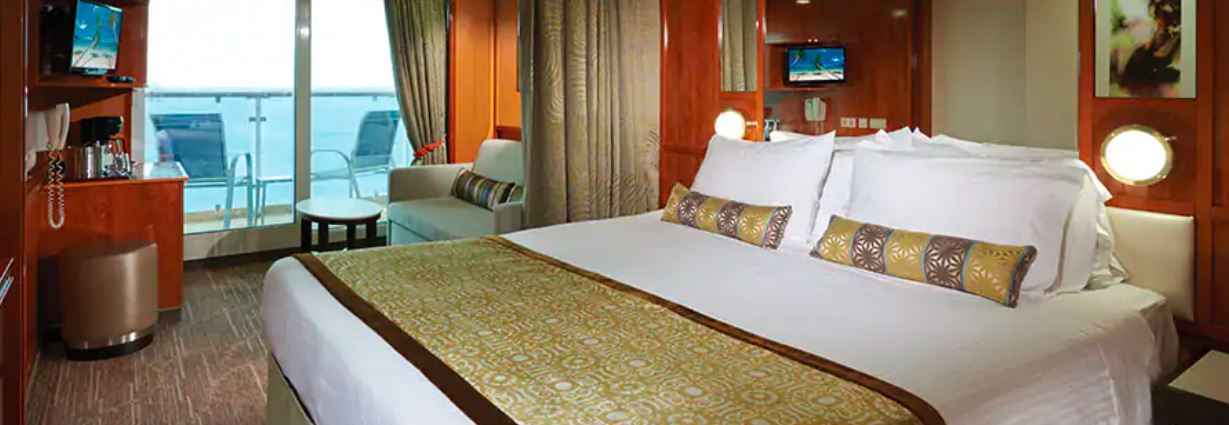
 RSS Feed
RSS Feed
